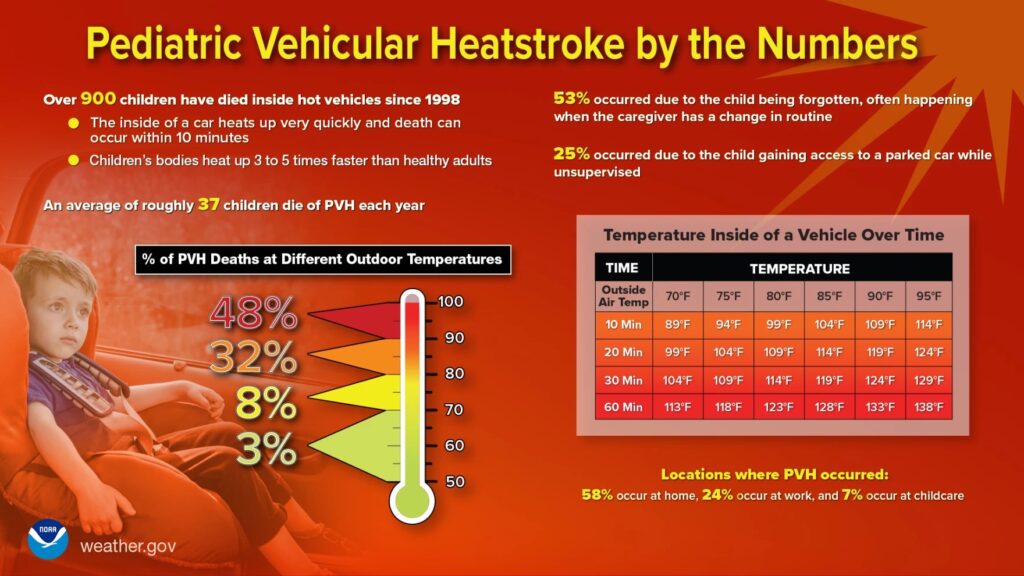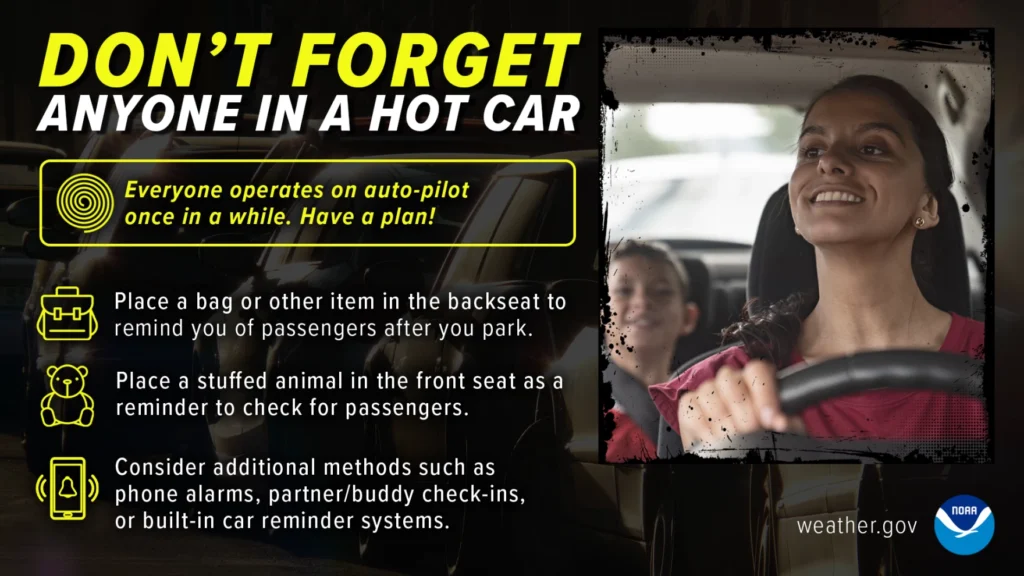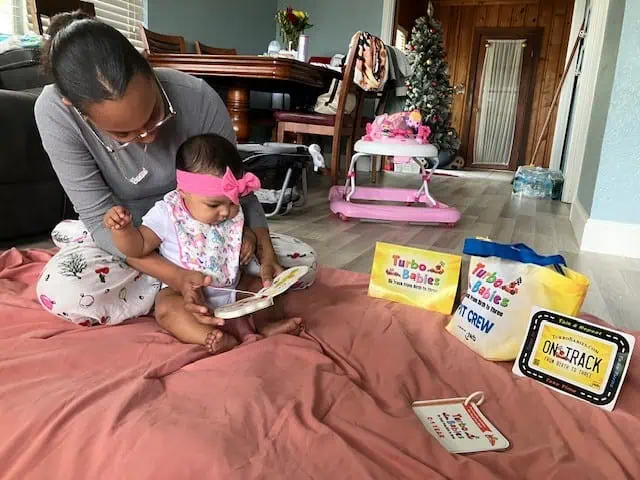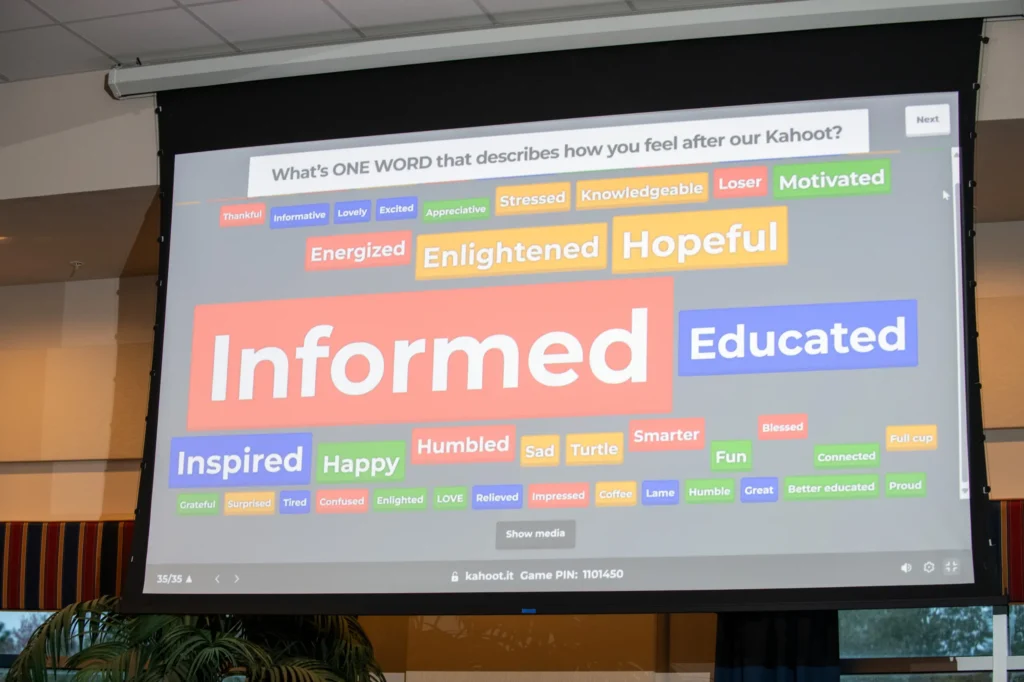One of JWB’s most crucial initiatives is our Preventable Child Deaths Campaign, which seeks to raise awareness around the unfortunate number of deaths among children from easily avoidable causes such as infant unsafe sleep practices, drowning, and abusive head trauma. Another preventable yet tragic cause of early loss of life is pediatric vehicular heatstroke, which occurs when a child is left alone in a hot car.
April is Hot Car Death Prevention Month
April has been designated by the State of Florida as “Hot Car Death Prevention Month.” In recognition, St. Petersburg Fire Rescue joined forces with Johns Hopkins All Children’s Hospital (JHACH) for a powerful press conference.
Members of the community and media gathered at the St. Petersburg Fire Rescue Master Station on Thursday, April 17th to learn startling facts and life-saving strategies to prevent pediatric heatstroke in vehicles.
Speakers included:
- Fire Rescue Chiefs Keith Watts and Lindsay Judah
- JHACH Emergency Center Physician Dr. Danielle Mercurio
- JHACH Injury Prevention Program Manager and Safe Kids Supervisor Petra Vybiralova Stanton.
Hot Car Facts
Each speaker at the press briefing shared crucial facts for parents and caregivers to be mindful about when it comes to hot cars. These facts include:
- Since 1998, more than 1,000 children in the U.S. have died from preventable heatstroke due to being left in cars.
- A child’s body temperature can spike far more rapidly than that of an adult. This is exacerbated by the rapid heat increase inside a car on a hot Florida day.
- Temperatures inside a car can rise as much as 20 degrees in 10 minutes even on a day with forecasts as mild as 80 degrees outside the vehicle.

Life-Saving Tips
While some incidents result from leaving a child in a car “just for a minute,” many are caused by forgetfulness or a child climbing into an unlocked car unnoticed. This tragedy can happen to anyone—which is why creating awareness habits is so crucial.
You can help prevent pediatric vehicular heatstroke by taking these simple actions:
- Never leave your child unattended in a car, even for a short period of time.
- Always check the back seat before leaving your car.
- Place a personal item (like your purse or wallet) in the back seat or set alarms to create a reminder.
- Keep cars locked and keys out of children’s reach at all times.
- Never let children play in or around vehicles.
- Call 911 immediately if you see a child alone in a car.

The event included a heartbreaking live simulation that featured a parked vehicle with a visible thermostat. While the outside temperature read 82 degrees, the interior temperature had been gradually increasing during each speaker’s remarks—in only 20 minutes, it had reached 102 degrees.
The simulation illustrated just how rapidly temperatures can escalate—and how dangerous even a short delay can be.
JWB is continually grateful for its partnership with St. Petersburg Fire Rescue and Johns Hopkins All Children’s Hospital in spreading the messages shared in this press briefing.
For important strategies to prevent heatstroke deaths in hot cars, click here.
For more helpful information or resources on JWB’s Preventable Child Death Campaign, click here.



